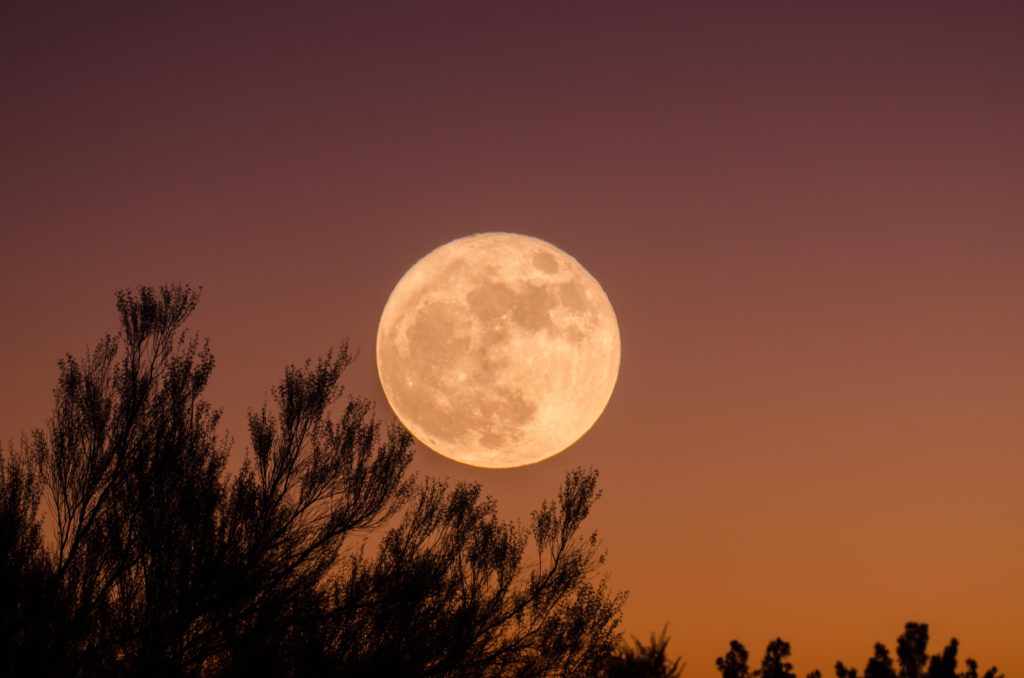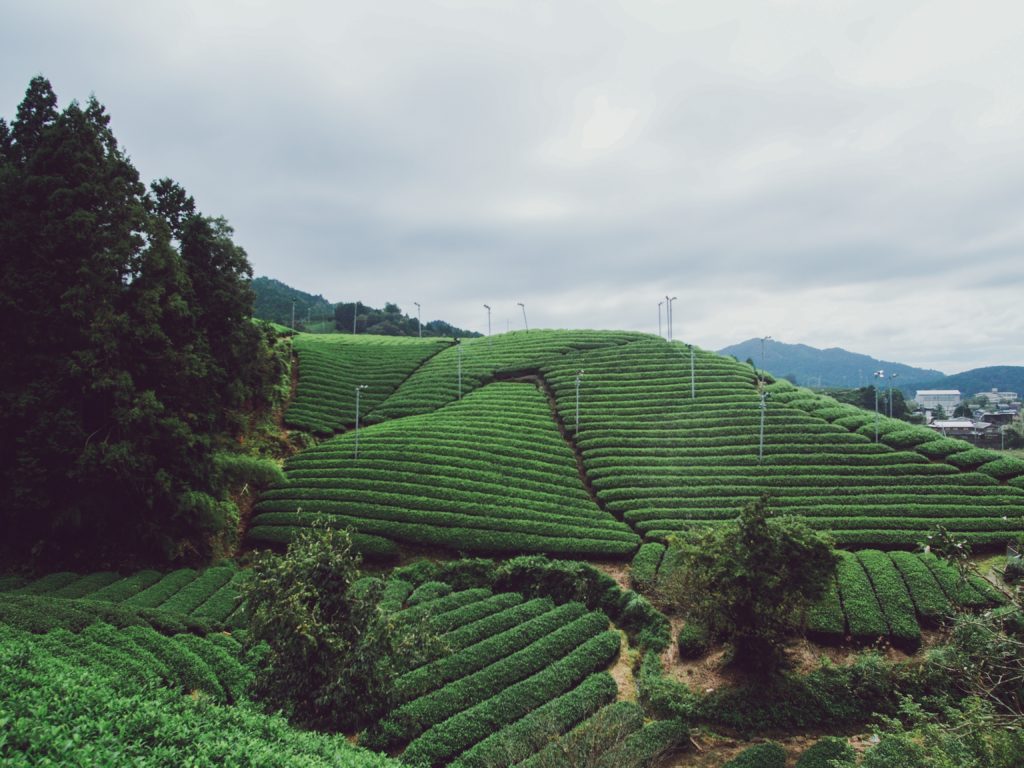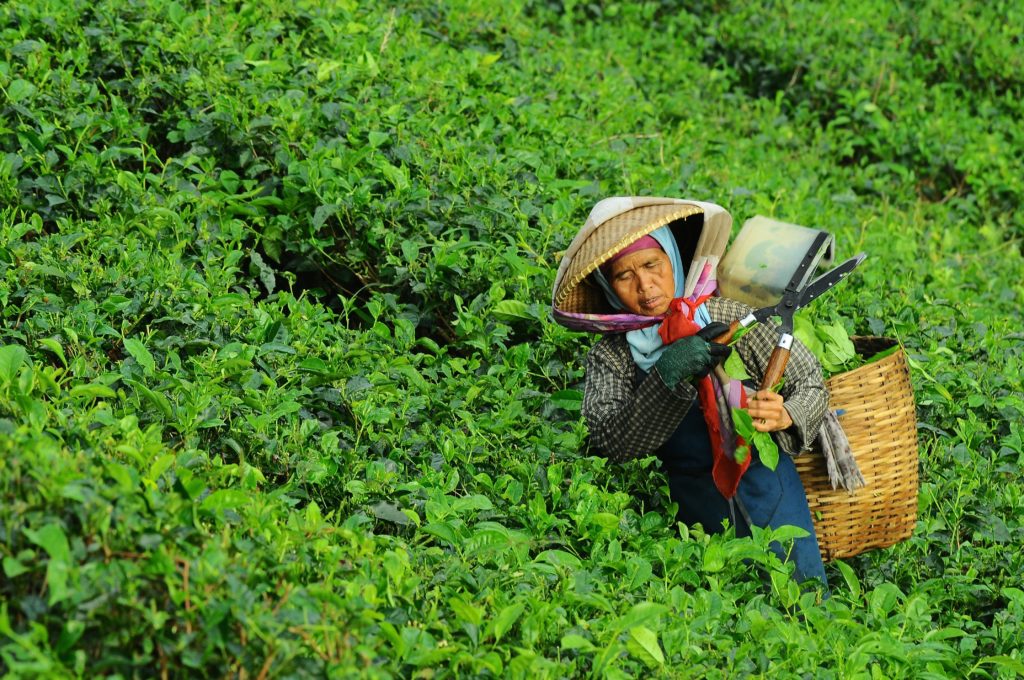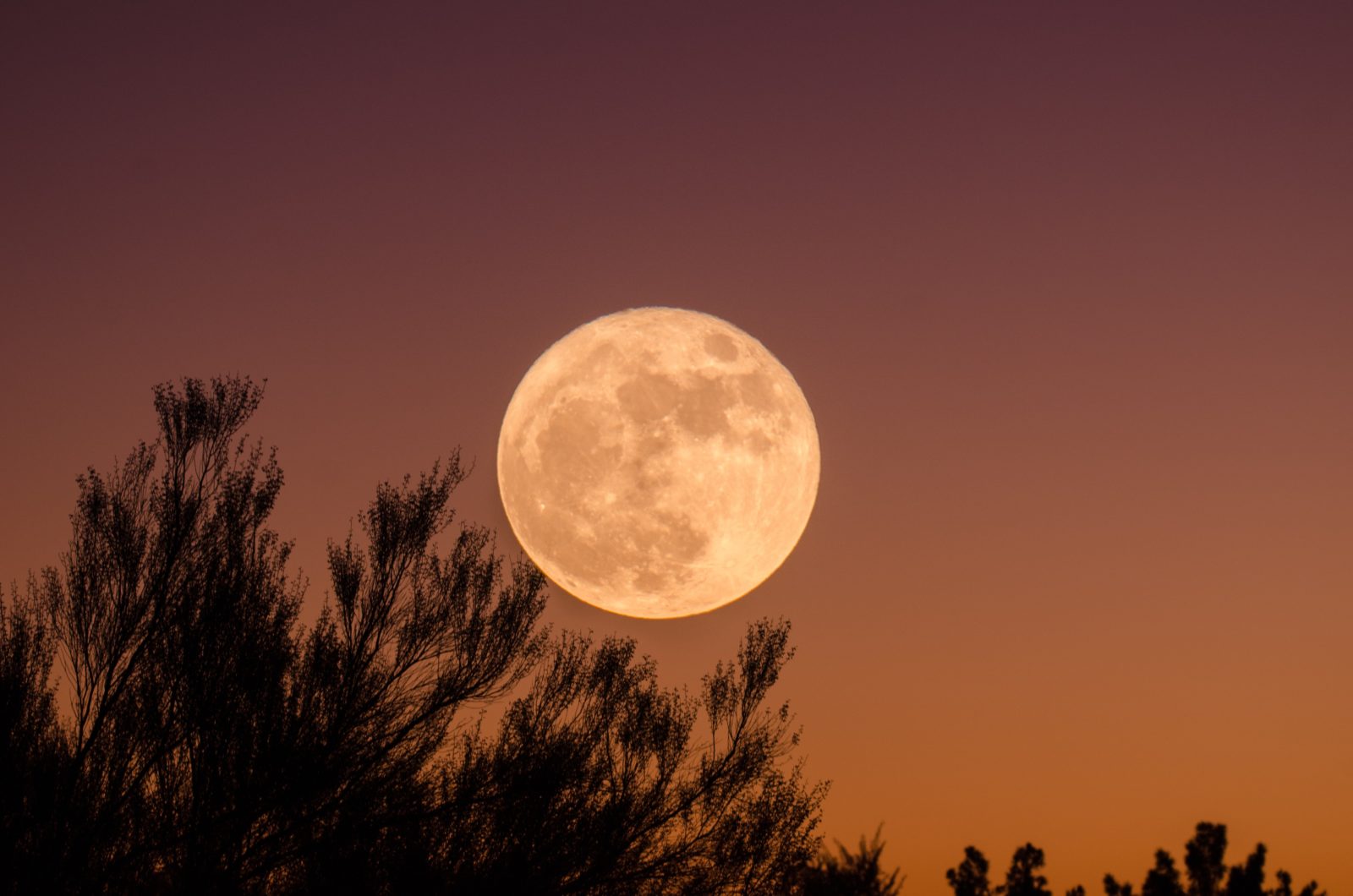Ku Cha House of Tea works closely with tea artisans across Asia to import tea as soon as it is ready after harvesting

Every month’s full moon has a name. August’s, for example, is called the Sturgeon Moon, and is so-named because of the volume of fish found in lakes where Algonquin tribes fished.
This month we celebrate the Harvest Moon, which will appear in our skies on Friday night. The reason for the name is straightforward — September traditionally represents the heart of the harvest season in most of the Northern Hemisphere.
As tea is an agricultural product, the harvest is an essential part of the cycle. So this is a special full moon for us!
The Harvest Moon, too, happens to roughly coincide with China’s Mid-Autumn Festival, also called the Moon Festival or Mooncake Festival. This event celebrates family and involves a lot of feasting, including plenty of mooncakes. In many ways, it is similar to Thanksgiving in the United States.
The Moon Festival is second only to Chinese New Year, in terms of its importance in China. The date changes every year, falling on the 15th day of the eighth month of the Chinese lunar calendar, which is much different from the Gregorian calendar. The Festival normally takes place in September or early October.
And this year, it falls on September 13 — the same day as the Harvest Moon.
We think this is awfully cool.
Devoted to Relationships with Tea Farmers
Paying attention to harvests is important for Ku Cha, and for consumers. We devote a lot of energy and time to making sure we receive freshly harvested tea for certain styles that are best young. Many teas, such as oolongs and blacks, undergo oxidation after harvest, so we don’t receive these immediately after harvest. But we work closely with industry insiders to make sure they are shipped to us as soon as they are ready.
And then we take meticulous care of the tea after we receive it in the shop.
You won’t find just-harvested teas in tea bags, nor will you likely encounter it as loose tea sold through supermarkets and gourmet shops. Gaining access to tea excellence requires close relationships with tea artisans and tradespeople across Asia. We work hard to develop and maintain these important connections.
As this is the Harvest Moon, let’s explore how and when tea is harvested across Asia.
How and Where does Camellia Sinensis Grow?
Tea comes from the Camellia family of plants, which are evergreen shrubs or small trees that have beautiful flowers. Camellia has as many as 300 different species, but just one, Camellia sinensis, provides us with one of the most treasured products in the world: tea.
While Camellia sinensis can be grown around the world, including a handful of American states, it particularly thrives in Asia, especially China, Japan, Korea, India and Sri Lanka. Kenya, too, grows a bounty of tea.

Camellia sinensis likes tropical or subtropical climates, but it prefers cooler temperatures and at least 40 inches of rainfall a year. Many teas grow in mountainous areas, at elevations as high at 7,000 feet.
Tea farmers grow plants from seed, and then wait for three years before the plants are ready for their first harvest. Good news for tea farmers — tea plants can provide leaves for between 50 and 100 years.
As it is with wine, the plants themselves are sturdy and persist for decades. And every year they produce bounteous crops that are turned into prized beverages.
Tea Harvest Lingo: First Flush. Second Flush

While in the past farmers tried to use machinery to harvest tea, most switched to hand-harvesting. Machines were destructive, but hand-harvesting is gentle on these precious, and long-living, plants.
Harvests can happen for many months, but a lot tea in Asia is harvested twice. The initial harvest, called “first flush,” takes place in the spring, and in some parts of Asia that means as early as February. “Flush” refers to what is harvested: leaves, part of a stem, and a tip.
Teas harvested during first-flush are some of the most prized in the world. And we at Ku Cha work closely with farmers to make sure we get enough first-flush tea for our customers.
After the first flush comes, you guessed it, the “second flush.” It happens during the summer. Most commercial tea, the kind found in tea bags and loose in supermarkets, is second flush. While second-flush tea is generally not as sought-after as first-flush, we source fabulous teas harvested during the summer.
The key is the relationships we build with farmers and the tea industry in Asia. While much of the second flush is sold in bulk to enormous corporate conglomerates, we find more artisanal second-flush teas from smaller producers.
In between the first and second flushes, farmers spend a lot of time pruning the shrubs. They remove the top two leaves, as well as the buds, to stimulate the growth of new shoots and improve overall harvests. These pruned leaves are sold as tea as well. And depending on the country, region and tea style, harvesting can happen across the growing season. Tea is not exclusively a two-harvest crop.
Harvest is a big deal here at Ku Cha House of Tea. Without it, we wouldn’t have tea. Which would be extremely sad, don’t you think?
We look forward to helping you explore our selection of more than 200 teas, many of which are the direct result of our close collaboration with tea artisans across Asia. And whether the tea is indeed freshly harvested, or has undergone oxidation for a bit, one thing is for sure: Our teas are among the freshest that you will find in the United States.

